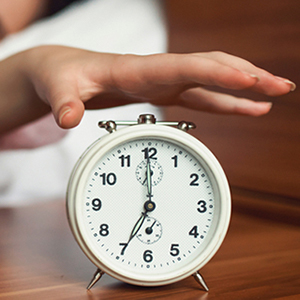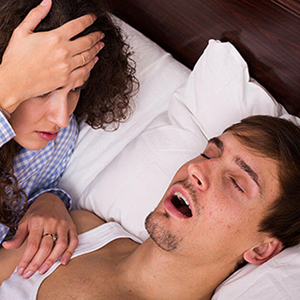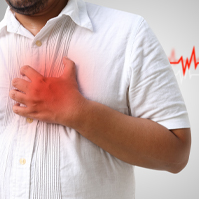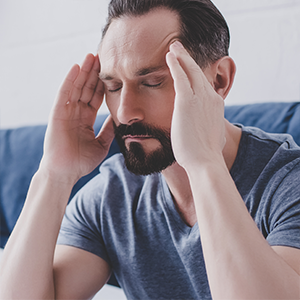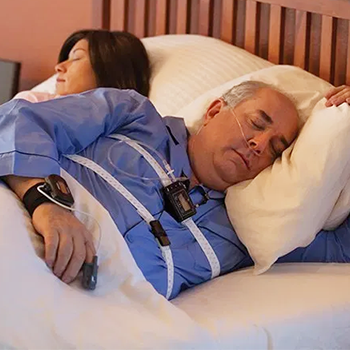Sleep Apnea & Women
In recent years substantial evidence suggests the prevalence of sleep apnea in women is higher than previously believed.
The Society for Women’s Health Research estimates that one in five women has sleep apnea. And 90% of women are unaware of their condition and their resulting increased risk for other serious health conditions.1
“Postmenopausal women are 3.5 times more likely than premenopausal women to have moderate to severe OSA.”
Dr. Barbara Phillips, past chairperson of the National Sleep Foundation and the American Board of Sleep Medicine.27
For many women, the signs and symptoms of sleep apnea may be mistaken for another medical condition, or they may have very subtle or no obvious symptoms at all. Women’s typical sleep apnea symptoms can be quite different to the symptoms seen in men but are related to a higher risk of depression and cognitive impairment or dementia.13
Why are women less likely to be diagnosed with sleep apnea than men?
Women can be less inclined to report chronic snoring, perhaps they are not aware they are snoring, or it could be because they find it embarrassing. The fact is that snoring does not even need to be loud to cause health problems in women.1
The National Sleep Foundation reports that women’s sleep apnea cases can be easily confused for other illnesses like diabetes, anemia, depression, irritable bowel syndrome, menopause, and thyroid issues. This confusion leaves thousands of cases improperly treated.29
”Women oftentimes are checked for other things, for hyperthyroidism, for inactive thyroid, or for depression or other types of medical conditions before somebody says oh, you know maybe this woman does have sleep apnea,” Dr Grace Pien, assistant professor at the Sleep Medicine Division of the Perelman School of Medicine said. That’s especially true for menopausal woman.30
Women may7:
- Use different words to describe their symptoms
- Be less inclined to complain about tiredness
- Have a higher threshold for sleepiness
- Are less likely to mention “unladylike” snoring
- May be more concerned with their partners snoring
- Another factor may be that men are often accompanied to appointments by their partners, while women typically go to appointments on their own.
Almost 40%
of newly diagnosed
sleep apnea patients
are women.3
The risk of
sleep apnea in women
after menopause is
equal to that of men.4
Women who snore
are about twice as
likely to have high
blood pressure.9
80% of women
with hypertension and
84% of obese women
have sleep apnea.14
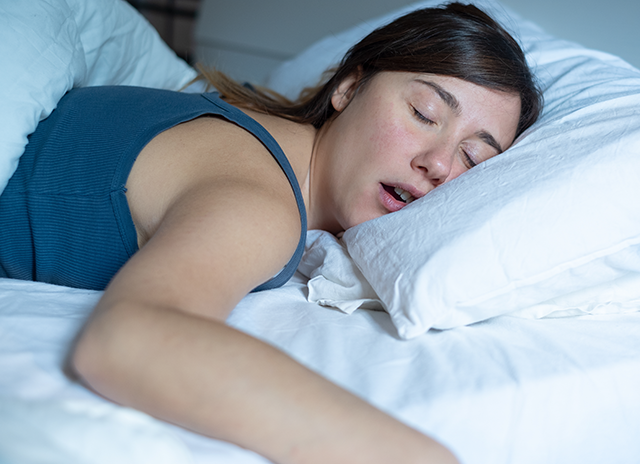
What are the symptoms of sleep apnea in women?
Symptoms in women can be more subtle, and may not be as obvious as sleep apnea symptoms in men.
Look out for the following indicators of female sleep apnea1,2:
- Snoring (but not necessarily loud or frequent)
- Morning headaches
- Insomnia due to difficulty staying asleep
- Memory loss or learning problems
- Moodiness, irritability, depression
- Restless legs
- Palpitations
- Waking up with a dry mouth or sore throat
See Common Sleep Apnea Symptoms
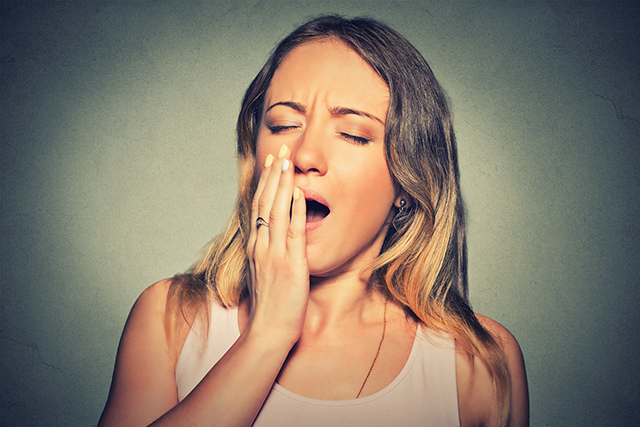
Common Sleep Apnea Misdiagnoses of Women
Symptoms of sleep in women can be easy to misdiagnose.6
Symptoms caused by sleep apnea in women are often attributed or misdiagnosed in error with one of the following conditions, rather than sleep apnea itself:
- Menopause
- Insomnia
- Obesity
- Diabetes
- Fatigue
- Hypertension
- Depression
- Anaemia
- Hypothyroidism
- Fibromyalgia
- Cardiac or pulmonary illnesses
If you are experiencing symptoms of sleep apnea, but have been diagnosed with any of the above conditions, discuss this with your doctor and ask them to refer you for a sleep test today.
Download a Sleep Test Referral Form

Pre-conditions, Symptoms & Risks
Because women differ from men in the underlying pathophysiology and clinical presentation of OSA, these issues need to be explored in women. So, let’s have a deeper look at where some of the preconditions, symptoms & health risks of sleep apnea differ in women:
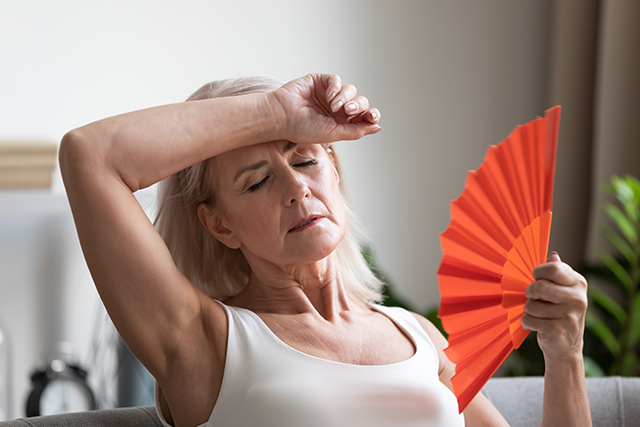
Menopause
Studies show that there is an increase in the prevalence and severity of sleep apnea in women after menopause. The female sex hormones have a protective effect on upper airway patency and ventilatory drive.
The hormone progesterone has been shown to increase upper airway muscle tone. And your progesterone levels decrease after menopause, causing your airway to become more likely to collapse.3
Hormones may also play a role in the distribution of body fat. Postmenopausal women have a higher fat mass compared to the period prior to menopause, and fat distribution is more likely to be in the upper body and trunk area compared with the lower body.4
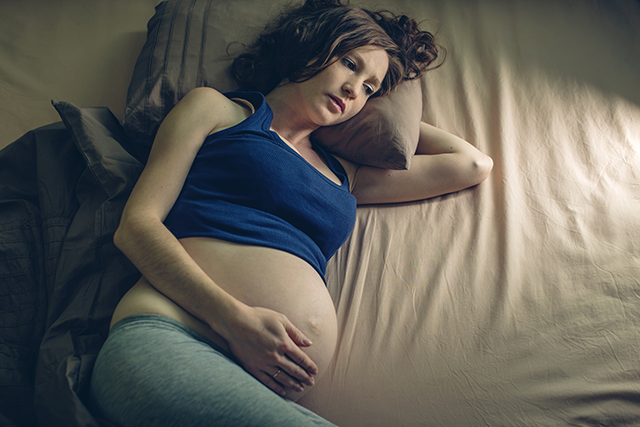
Pregnancy
Sleep plays an essential part in the wellbeing of pregnant mothers and their babies. Poor sleep may not only negatively affect the mother’s health, but it may also impact the fetal outcomes at birth.
During pregnancy a sleep disorder, such as sleep apnea can be induced or exacerbated due to the following factors:10
- The diaphragm is elevated leading to reduction of thoracic (breathing) volume
- The upper airway (throat) narrows
- Neck circumference enlarges
- Nasal patency (flow) is reduced
- Substantial weight gain
Untreated sleep apnea in pregnant women can lead to complications during pregnancy. Up to 45% of pregnant women snore. Snoring during pregnancy appears to be a risk factor for both pregnancy-induced hypertension and gestational diabetes.11
Women with sleep deprivation at full-term had significantly longer labour and more caesarean deliveries.10 Sleep Apnea in pregnancy is also associated with higher rates of pre-eclampsia and intra-uterine growth retardation.12
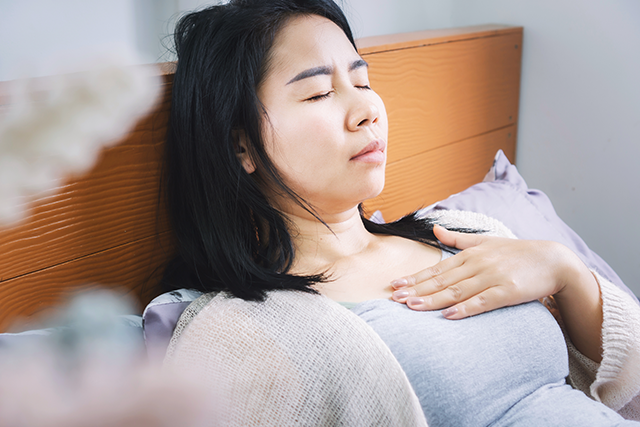
Upper Airway Resistance Syndrome
Upper Airway Resistance Syndrome (UARS) is a type of sleep disorder between simple snoring and obstructive sleep apnea. It involves upper airway turbulence that occurs as a result a decreased airway diameter. UARS will eventually progress to OSA if left untreated.
Many might argue that UARS is just the same as sleep apnea. But what makes it different is that often the symptoms are disproportionate with the degree of sleep disturbance. People with UARS may not show as much disturbance in a sleep test, but they can have symptoms comparable to people with sleep apnea who have a high apnea hypopnea index (AHI).17
“Women may be more prone to upper airway resistance syndrome, with this disorder, women still have snoring and collapsible airways, but they do not have frank apneas (a respiratory event where breathing has completely ceased) and do not have oxygen level drops. But the airway resistance still leads to awakenings, sleep fragmentation and disruption.” says Dr Christine Won M.D., Director of the Women’s Sleep Health Program at Yale Medicine New Haven, Connecticut.
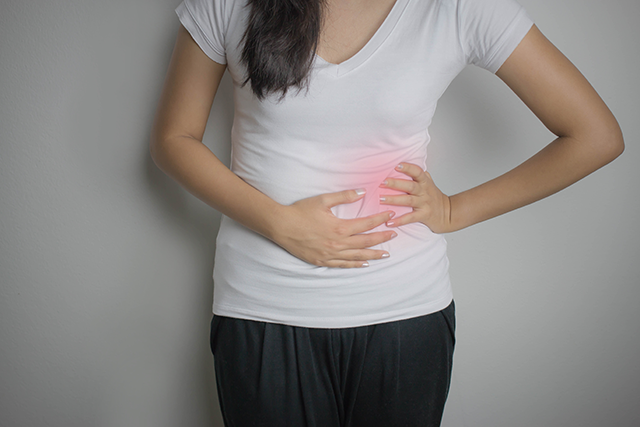
Polycystic Ovary Syndrome
PCOS is one of the most common endocrine disorders affecting women. This syndrome involves several reproductive, metabolic and cardiovascular abnormalities.24
A 2019 study has shown that women with PCOS are more than twice as likely than those without PCOS to develop sleep apnea.24
Several mechanisms might explain the link between PCOS and OSA and explain the findings of this study. Androgen excess is a key feature of PCOS and androgens are implicated the onset of OSA as they affect upper airway stability and ventilatory drive. OSA is associated with lower progesterone in women and low progesterone also affects the ventilatory drive. Progesterone is a respiratory stimulant and can result in lowering upper respiratory resistance.24
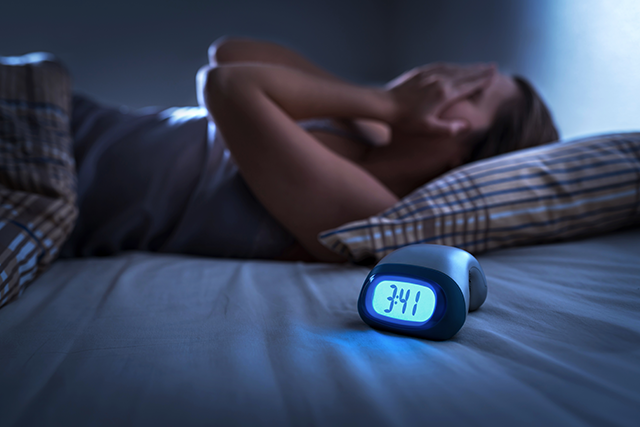
Insomnia
The risk of insomnia is 40% higher in women than in men.25 This can be due to gender-based differences in sleep are related to biology, such as differences in hormone production and circadian rhythms between males and females. Gender-based differences may also be driven by social and cultural disparities that influence sleep.25
Sleep disturbance is common during the menopausal transition, with numerous consequences to health and functioning, including reduced quality of life, impaired mental health, and increased physical health morbidity.18
Insomnia affects approximately 50% of midlife women and is characterized by nocturnal symptoms of difficulties initiating or maintaining sleep (or both) and daytime symptoms that impair occupational, social, or other components of functioning.18
In addition, approximately 20% of midlife women develop a sleep disorder such as sleep apnea (OSA) during the menopausal transition.18
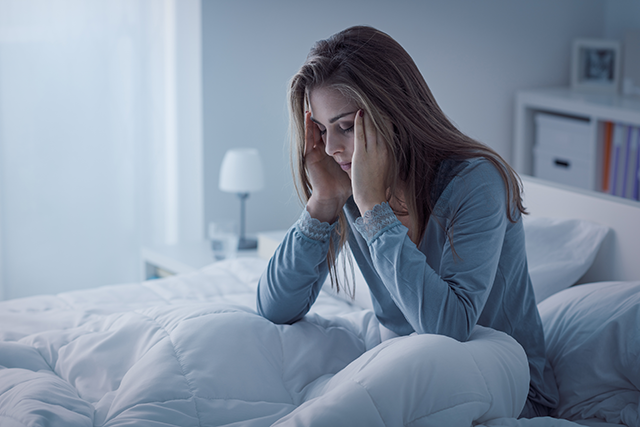
Morning Headaches
Approximately 1 in 13 people experience morning headaches. These headaches typically affect women more than men and are most frequent in people between the ages of 45 and 64.15
Sleep disorders commonly trigger morning headaches, but there are numerous probable causes for waking up with a headache.
Morning headaches are a common symptom of sleep apnea. And up to 29% of people with sleep apnea have reported suffering from morning headaches.16
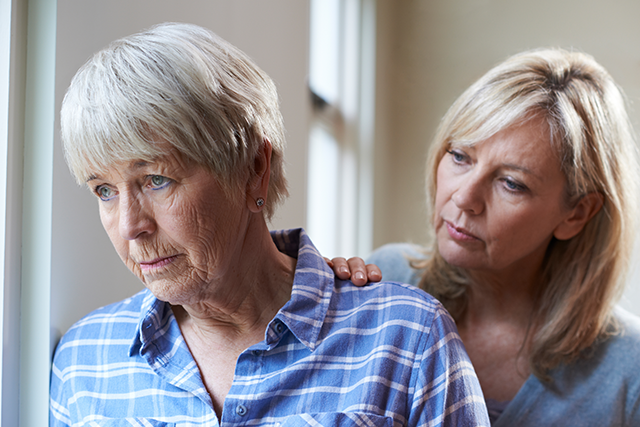
Dementia
Older women who suffer from sleep apnea are about twice as likely to develop dementia than those without the condition, according to a multi-centre study led by researchers from the University of California, San Francisco.28
The findings showed that sleep apnea can deprive the brain and other organs of the oxygen they need and over time, trigger declines in cognitive ability. The researchers also found distinct changes in brain structures and cognitive symptoms that differed between men and women. For example, in the frontal lobe, which controls cognitive skills and motor function, more regions appear thinner in women with apnea than men or in the group of patients without sleep apnea. That difference might explain the impact on memory and other mental processes among women with the disorder.
“This is the first study to show that sleep apnea may lead to cognitive impairment,” said study leader, Kristine Yaffe, Professor of Psychiatry, Neurology and Epidemiology at UCSF. “It suggests that there is a biological connection between sleep and cognition, and it also suggests that treatment of sleep apnea might help prevent or delay the onset of dementia in older adults.” 28
Professor Paul Macey from the UCLA School of Nursing notes, that early detection of sleep apnea is the best way to protect people from the most harmful effects. Because diagnosis in women can be more difficult, it puts women at a higher risk of brain damage. Professor Macey and his team compared brain scans of both men and women.29
Scans of women with sleep apnea revealed more consistent damage to the frontal lobe, the area of the brain that governs cognition and motor skills. Damage to this region could be the cause for memory issues that women display.29
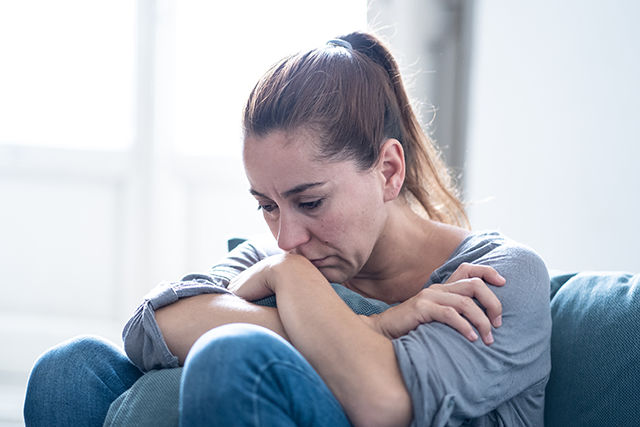
Depression
Patients with OSA have a higher prevalence of depression than the general population.23 46% of people with obstructive sleep apnea (OSA) have depressive symptoms.
Many symptoms of depression and obstructive sleep apnea overlap, causing under-diagnosis of obstructive sleep apnea (OSA) in depressed patients. Both conditions present with common mood symptoms, anxiety, restlessness, daytime sleepiness, fatigue, irritability, poor concentration and weight gain.22
Many randomised and controlled studies have showed that CPAP is associated with improvements in mood disturbances.19 Changes in behavioural performance after CPAP therapy include:21
- Improved sleepiness
- Improvement in depressive outcomes
- Positive effects on fatigue and vigilance
- Improvements in general health related quality of life
- Evidence of improved driving performance (attentiveness, vigilance and cognitive assessments).
- A general increase in perceived wellbeing.
- Patients also reported improvements in partnership and sexual life and better performance on the job.
- Early treatment and adherence to CPAP therapy also saw an increased chance of behavioural and functional recovery and minimising neurological damage.
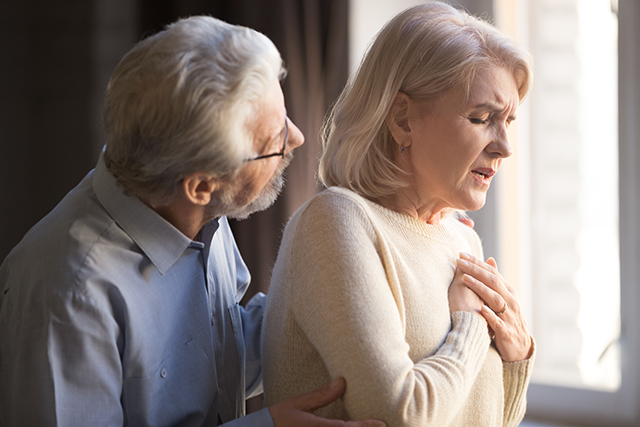
Cardiovascular Risk
Untreated severe sleep apnea has been independently and significantly associated with cardiovascular death in women.13
Sleep Apnea can increase the risk of atrial fibrillation, diseases of the heart and blood vessels (such as heart attack, heart failure, high blood pressure and stroke).5
A study found that women with moderate to severe sleep apnea had more than a 30% higher risk of heart problems than women without sleep apnea. The researchers also found that, compared to women without sleep apnea, women with the disorder had higher blood levels of troponin, a chemical signal of early heart damage.26

Will Sleep Apnea Treatment Work for Me?
Treatment for sleep apnea can be life changing.
Read about what some of our patients have to say about their journey to improved sleep health:

‘’As a 40-year-old mum of two teenagers I was constantly tired and very lethargic, I was napping most days and my weekends away. It wasn’t until I was away for a weekend with my four sisters that my youngest sister noticed I wasn’t sleeping well and mentioned she thought I stopped breathing during my sleep.
"This prompted me to have a sleep study with mySleep. I did the at home sleep test where my results showed I had moderate sleep apnea. I trialled a CPAP machine for a month and couldn’t believe the difference it made. I instantly started feeling better and fatigue faded away completely. I stopped napping and felt more alert and tuned into life. Brain fog is now a distant memory.
"The team at mySleep … helped me get the best out of my CPAP machine. Thank you for the help and everything you have done over the past 2 months. I am eternally grateful to not have to feel like I was before having been diagnosed with sleep apnea’’.
Keryn

‘’My first 9-hour sleep in years. No severe migraine when waking and I have energy to do things. I would highly recommend mySleep. Very positive experience… I can’t thank everyone enough for the fantastic service’’.
Janet
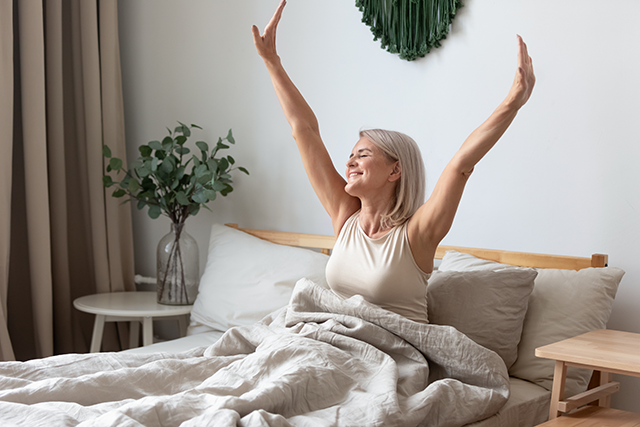
Wake Up Feeling
On Top of the World!
The team at mySleep are here to help.
If you have some of the symptoms of disrupted sleep or sleep apnea, it is wise to take some proactive measures to ensure a possible sleep disorder is identified and treated. Make an appointment to talk to your GP today and feel better sooner.
Take our Quick Sleep Quiz Download a Referral Form
References
1. https://swhr.org/swhr_resource/women-sleep-apnea/ .
2. Valipour A., Lothaller H., Rauscher H., Zwick H., Burghuber O. C., Lavie P. Gender-related differences in symptoms of patients with suspected breathing disorders in sleep: a clinical population study using the sleep disorders questionnaire. SLEEP. 2007;30(3):312–319.
3. Young T., Finn L., Austin D., Peterson A. Menopausal status, and sleep-disordered breathing in the Wisconsin Sleep Cohort Study. American Journal of Respiratory and Critical Care Medicine. 2003;167(9):1181–1185. doi: 10.1164/rccm.200209-1055OC.
4. Tremollieres F. A., Pouilles J.-M., Ribot C. A. Relative influence of age and menopause on total and regional body composition changes in postmenopausal women. American Journal of Obstetrics and Gynaecology. 1996;175(6):1594–1600. doi: 10.1016/S0002-9378(96)70111-4.
5. SLEEP, 2020, Christine Won, M.D., Director of the Women’s Sleep Health Program at Yale Medicine New Haven, Connecticut.
6. National Sleep Foundation USA article with Dr Barbara Phillips, sleep expert, board member and past chair of the National Sleep Foundation.
7. Lin, C.M., T.M. Davidson, and S. Ancoli-Israel, Gender differences in obstructive sleep apnea and treatment implications. Sleep Med Rev, 2008. 12(6): p. 481-96.
8. Quintana-Gallego, E., et al., Gender differences in obstructive sleep apnea syndrome: a clinical study of 1166 patients. Respir Med, 2004. 98(10): p. 984-9.
9. Lee KA, Gay CL, Sleep in late pregnancy predicts length of labour and type of delivery. Am J Obstet Gynecol 2004; 191: 2041–2046.
10. Franklin KA, Holmgren PA, Jonsson F, et al, Snoring, pregnancy-induced hypertension, and growth retardation of the foetus. Chest 2000; 117: 137–141.
11. Xiong X, Saunders LD, Wang FL, Demianczuk NN. Gestational diabetes mellitus: prevalence, risk factors, maternal and infant outcomes. Int J Gynaecol Obstet. 2001;75:221–228.
12. Yaffe K., Laffan A. M., Harrison S. L., et al. Sleep-disordered breathing, hypoxia, and risk of mild cognitive impairment and dementia in older women. The Journal of the American Medical Association. 2011;306(6):613–619. doi: 10.1001/jama.2011.1115.
13. Young T, Finn L, Peppard PE, et al, Sleep disordered breathing and mortality: eighteen-year follow-up of the Wisconsin sleep cohort. Sleep 2008; 31: 1071–1078.
14. Young T, Palta M, Dempsey J, et al, The occurrence of sleep-disordered breathing among middle-aged adults. N Engl J Med 1993; 328: 1230–1235.
15. Ohayon, M. M. (2004). Prevalence and risk factors of morning headaches in the general population. Archives of Internal Medicine, 164(1), 97.
16. Heinzer R., Marti-Soler H., Haba-Rubio J. Prevalence of sleep apnea syndrome in the middle to old age general population. Lancet Respir. Med. 2016;4:e5–e6. doi: 10.1016/S2213-2600(16)00006-0.
17. Advanced Dental Sleep Treatment Center, Omaha, USA.
18. Insomnia and sleep apnea in midlife women: prevalence and consequences to health and functioning, Hall, ., Kline C, Nowakowski S. Published online 2015 May 26. PMID: 26097736.
19. Self-reported OSA is associated with nonresponse to antidepressant pharmacotherapy in late life depression, Waterman L, Stahl S, Buysse D, Lenze E Epub 2016 Sep 16.PMID: 27636232<.br/> 20. Obstructive sleep apnea: Brain structural changes and neurocognitive function before and after treatment, Canessa N, Castronovo V, Cappa S, October 28, 2010. PubMed: 21037021.
21. The influence of CPAP on the behavioural performance of patients with OSA: a systematic review, McMahon J, Foresman B, Chisholm R, 2003;102(1):36-43, PMID: 12679970.
22. The correlation of anxiety and depression with OSA, Rezaeitalab F, Moharrari F, 2014 Mar;19(3):205-10, PMID: 24949026.
23. Ejaz SM, Khawaja IS, Bhatia S, Hurwitz TD. Obstructive sleep apnea and depression: a review. Innov Clin Neurosci. 2011;8(8):17–25.
24. Increased risk of OSA in women with PCOS: a population based cohort study, 2019 Apr; 180(4): 265–272, PMID: 30763274.
25. Sex differences in insomnia: a meta-analysis, Zhang B, Wing Y, 2006 Jan;29(1):85-93, PMID: 16453985.
26. 4 Important Facts about Sleep Apnea in Women, Comprehensive Sleep Care Centre, Washington DC, USA, 9 February 2018.
27. Young T, Finn L, Austin D, Peterson A. Menopausal status and sleep-disordered breathing in the Wisconsin Sleep Cohort Study. Am J Respir Crit Care Med. 2003 May 1;167(9):1181–5.
28. Dr Kristine Yaffe MD, Journal of American Medical Assoc, Sleep Apnea linked to increased risk of dementia in elderly women, 9 Aug, 2011.
29. www.sleepbetterny.com/are-sleep-apnea-effects-worse-for-women/
30. ResMed.com Blog, Sleep Apnea symptoms in women: Are they different?

Your Sleep Health Journey



